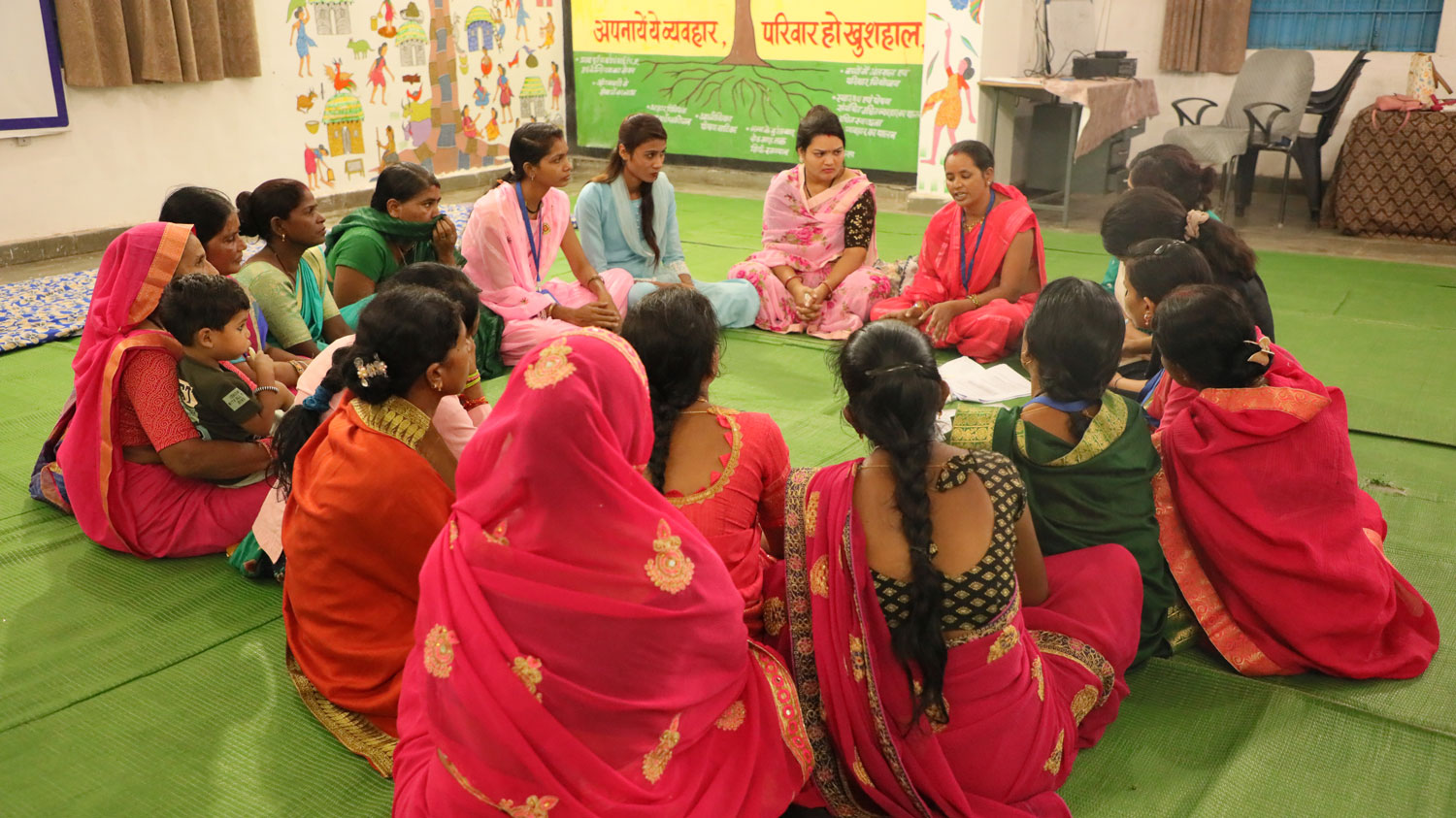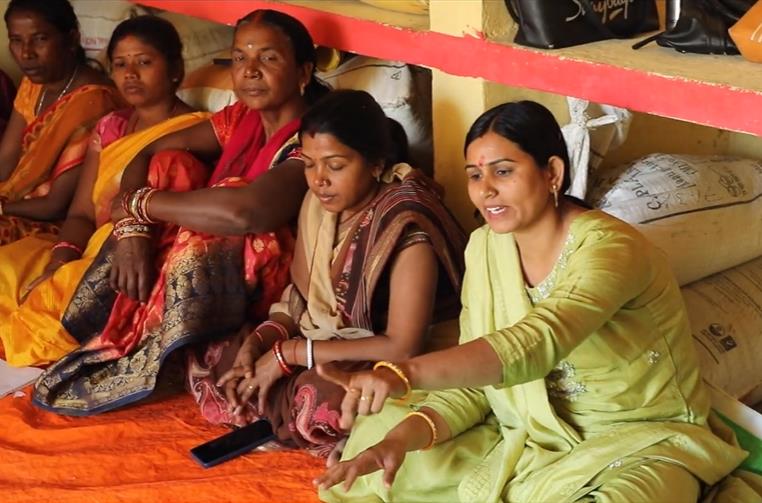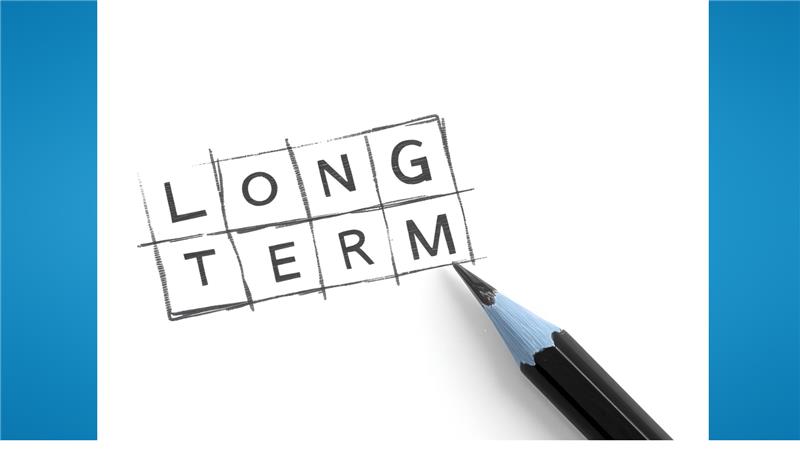As the world is scrambling for resources to deal with the COVID-19 outbreak, India is fortunate to have a motivated cadre of women assisting the fight at the community-level. Rightfully called the ‘silent soldiers’, the 690 lakh or so women members of around 63 lakh Self Help Groups (SHGs) across the country formed under the Indian government’s flagship Deendayal Antyodaya Yojana-National Rural Livelihoods Mission (DAY-NRLM) have come to the forefront. These women are working to address the social, health and economic needs of their own rural communities at a time of public health and economic crisis. They could be doing more – if more groups received the funding for which they are eligible.
Rising to the challenge, SHG women have been involved in multiple COVID-19 responses such as health messaging, mask production and sanitizer distribution. A critical aspect of the country’s crisis response in which SHGs have potential to participate in is that of social protection and safety nets. In Kerala, Kudumbashree members ran community kitchens and ‘hotels’ providing hot cooked meals at as low as Rs 20 per plate. Similar stories are emerging from Odisha, Chhattisgarh and Bihar where SHG Didis are running daal bhat kitchens. SHGs are stepping up as ‘links’ between the governments relief programs such as the Mahatma Gandhi National Rural Employment Guarantee Scheme (MGNREGS), the public distribution system and banking services. These SHG groups are also leveraging mobile technology by disseminating COVID-related messages through their vast network of WhatsApp groups. This can be instrumental in dispelling rumours and misinformation regarding the virus among the communities, preventing chaos and confusion.
There is indeed some evidence on SHGs as platforms for social protection. In a recent synthesis of evidence from developing countries, Barooah and Lala (2020, forthcoming) review the findings from impact evaluations on group-based livelihoods promotion interventions in developing countries. Studies on India’s SHGs form almost half of the evaluations included in this review, with the rest being studies on microfinance institutions and savings and credit groups. We find that SHGs in India have been particularly effective in vulnerability reduction by providing the much needed access to non-usurious loans, entitlements and social and institutional support. In a paper studying the impacts of SHGs in Rajasthan, Desai and Joshi (2013) find that SHG participation enabled women to find employment in non-farm activities after a drought led to a reduction in farm jobs. This is attributed, by the authors, to the role played by SHGs in providing vocational trainings as well as information on MGNREGS works in the village. Christian et al (2018) examine the effect of SHGs on household consumption after the cyclone Phailin. They find that being in villages with SHGs helped households maintain similar levels of consumption before and after the hurricane while those in villages without SHGs saw a reduction in consumption. Examining the mechanisms, the authors find that women in SHG villages had better access to credit and the MGNREGS after the cyclone and had higher levels of civic engagement. Thus, there is much to be learned from the experience of SHGs in responding to crisis.
Yet SHGs and SHG federations remain under-utilised in social protection. Data from the DAY-NRLM website shows that Vulnerability Reduction Funds, which are funds provided to village level SHG federations to be used in times of hardships, have been released to merely 1,582 of over 20,000 such federations between April 2019 and February 2020. In March 2020, when India was hit by the COVID crisis, funds were given to 390 village federations. Enhancing linkages with social schemes is another means through which SHGs may be useful. An evaluation of the NRLM program lead by a team of researchers at Stanford, 3ie and Vrutti finds that 42 per cent of sampled SHGs are actually involved in convergence activities. Much more is needed.
The cloud of COVID-19 will, we hope, be gone sooner rather than later. Then the enormous task of rebuilding lives and livelihoods will begin. Will SHGs be able to take part in this role? It is opportune that DAY-NRLM has initiated the National Rural Economic Transformation Project (NRETP) with the World Bank. As the name suggests, this additional funding will be used to increase women’s participation in economically-viable activities through value chain development in agriculture and the non-farm sector, through farmer producer collectives, enterprise development, skills training and access to larger value loans through digital finance. What will be key for this new project is its success in identifying and linking enterprises to robust supply chains and markets with sustained levels of demand. This is a challenging task in a contracting economy.
SHGs, with their wide reach and focus on institution-building, have been an effective vehicle for financial inclusion of women and their empowerment. It is now time to strengthen these women’s federations for the testing days ahead by increasing their financial and organizational capacities. Efficient disbursement of existing funds such as community investment funds for livelihoods activities, reducing interest rates to make credit cheaper and linking of these groups with public institutions and private technical advisors are some suggestions in this direction.








